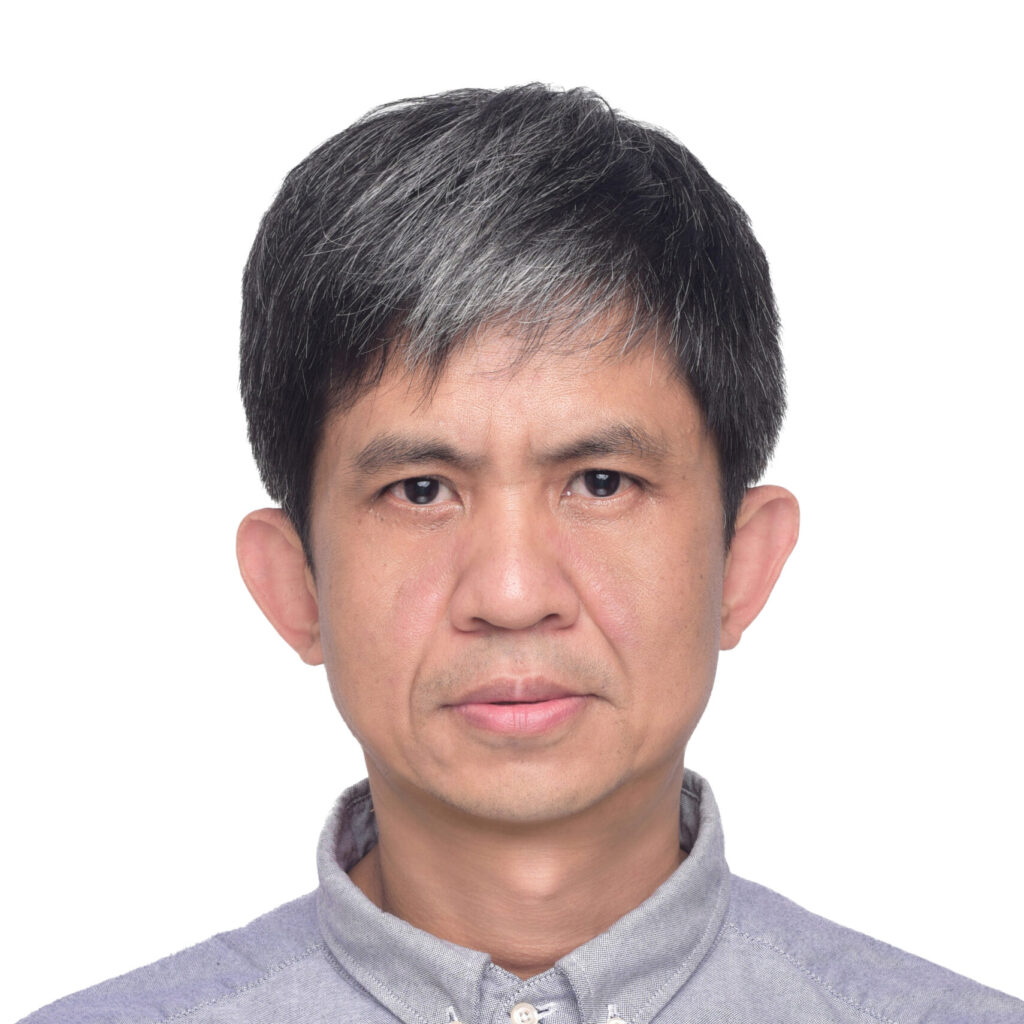This paper has won the Student Award Competition at GeoAsia 2016. It presents a parametric study on the external stability of a bearing reinforcement earth (BRE) wall using finite elements software. BRE walls are a specific type of mechanically stabilized earth walls in which bearing reinforcements are used in order to restrain soil deformation. According to the authors, the design of BRE walls founded on a hard stratum has been widely adopted in several structures built under the supervision of the Thailand Highway Department. In this regard, a 6 m high BRE wall was modeled as a plane strain problem in order to evaluate the influence of some foundation parameters (thickness and modulus of elasticity of the weathered crust) and the BRE wall properties (number of transverse members, reinforcement length, wall height and reinforcement vertical spacing). The wall face comprised segmental concrete panels (1.50 m x 1.50 m x 0.14 m). The simulation was performed under drained condition. A linear elastic–perfectly plastic material with the Mohr–Coulomb failure criteria was considered as backfill. Both weathered crust layer and medium to very dense sand were approached as an elastic, perfectly plastic Mohr-Coulomb material. Material parameters are typical of foundations found in Northeast Thailand. The authors have found a relatively uniform settlement of the BRE wall, which magnitude is dependent of the thickness and modulus of elasticity of the weathered crust and the wall height. In addition, the stress distribution was more uniform with longer reinforcements and the bearing stress magnitude is highly dependent with the BRE wall height. Regarding the lateral movement of the wall, larger values were found for larger vertical spacing values. Moreover, the maximum lateral movement occurred between mid and top of the wall but moves toward to the top of the wall for higher vertical spacing values. The authors also found that both foundations and wall properties affect the maximum lateral movement. Finally, the increase in the number of transverse members has shown more effective than increasing in reinforcement length in both reducing the lateral movement and increasing the factor of safety of the structure. This paper has presented a great contribution to the understanding of BRE wall found on a hard foundation and emphasizes the possibilities of proper software simulation.
To read the full paper, click here.
– Reported by Fagner França, IGS Young Members Chair for the South American Region.






















